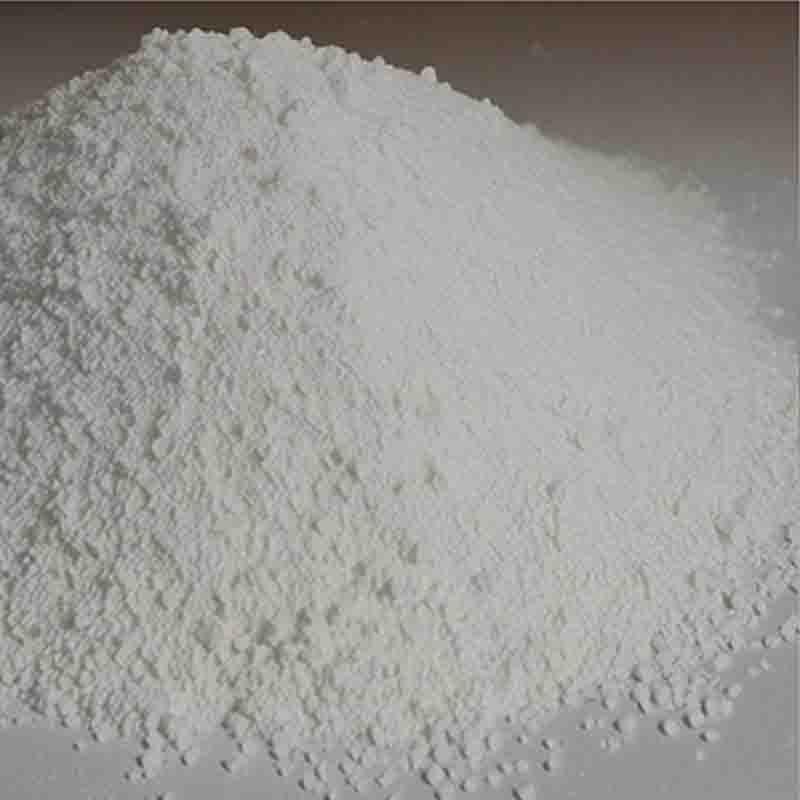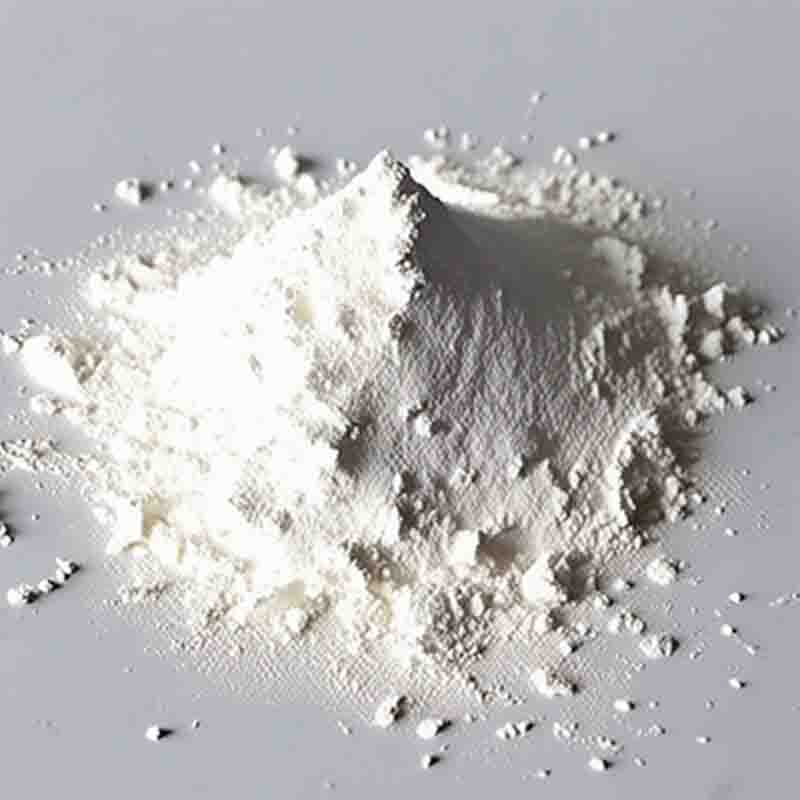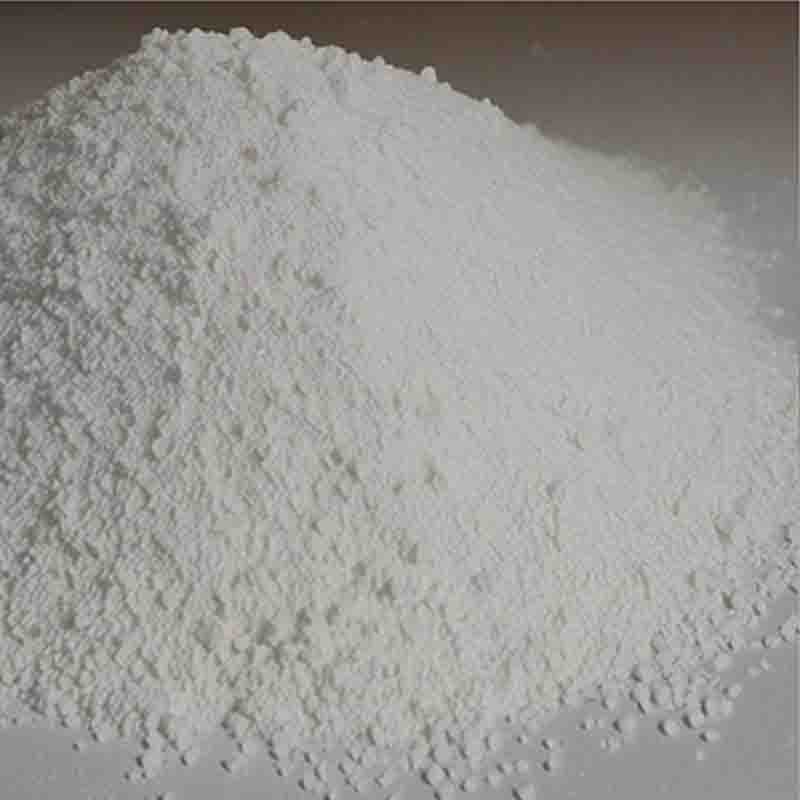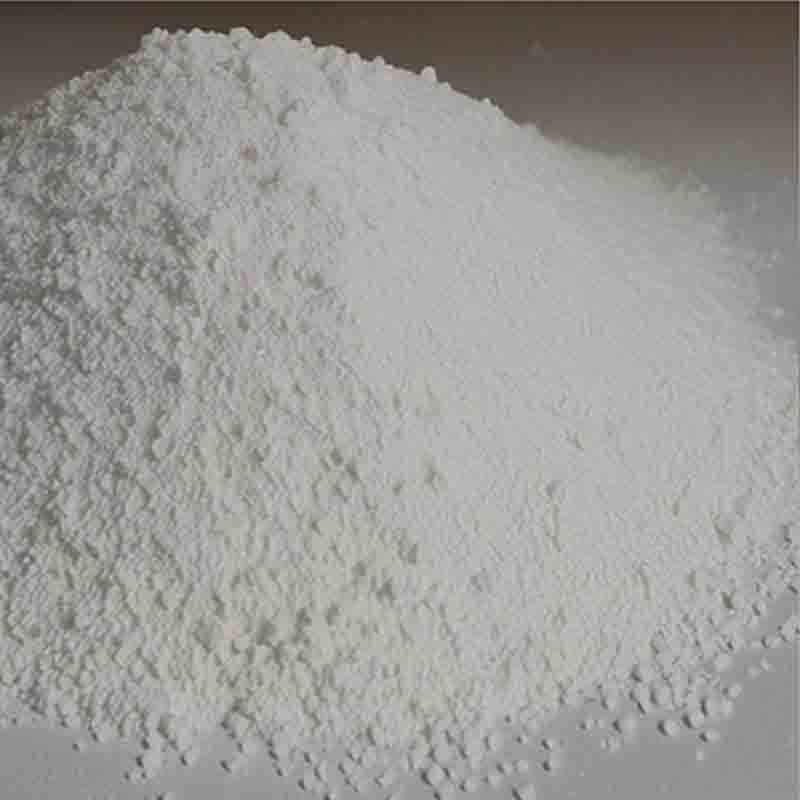Ethyl(methylthio)acetate CAS:4455-13-4
| Catalog Number | XD96418 |
| Product Name | Ethyl(methylthio)acetate |
| CAS | 4455-13-4 |
| Molecular Formula | C5H10O2S |
| Molecular Weight | 134.2 |
| Storage Details | Ambient |
Product Specification
| Appearance | White powder |
| Assay | 99% min |
Ethyl (methylthio) acetate is a chemical compound that is commonly used in the flavor and fragrance industry due to its unique aromatic properties. This ester has a fruity, pungent, and slightly sulfurous odor that makes it a valuable ingredient in various applications.In the food industry, ethyl (methylthio) acetate is utilized as a flavoring agent to impart a sweet and fruity note to a wide range of products such as beverages, confectionery, baked goods, and dairy items. Its distinctive aroma profile adds complexity and depth to the overall sensory experience of these food products, making them more appealing to consumers.Furthermore, in the fragrance industry, ethyl (methylthio) acetate is employed as a component in the formulation of perfumes and personal care products. Its pungent and fruity odor contributes to the creation of exotic and captivating fragrance compositions, adding a unique olfactory character to the final products.In addition to its aroma-enhancing properties, ethyl (methylthio) acetate also finds application in various industrial processes. It is used as a solvent in chemical reactions and organic synthesis, contributing to the production of a wide array of chemical compounds and materials. Its chemical reactivity and solvency make it a versatile tool in the hands of chemists and industrial researchers.It is important to note that while ethyl (methylthio) acetate has numerous beneficial uses, it should be handled and used with care due to its potential hazards. As with any chemical substance, proper safety precautions are essential to ensure the protection of human health and the environment.In conclusion, ethyl (methylthio) acetate is a versatile compound with significant applications in the flavor, fragrance, and industrial sectors. Its fruity, pungent, and slightly sulfurous aroma makes it a valuable ingredient in flavor and fragrance formulations, as well as in chemical processes and organic synthesis. However, it is crucial to adhere to safety protocols when working with this compound to ensure safe handling and to minimize potential risks.






![ethyl2-[[(2S)-1-(2-phenylacetyl)pyrrolidine-2-carbonyl]amino]acetate CAS:157115-85-0](https://cdn.globalso.com/xdbiochems/白色粉末1698.jpg)


